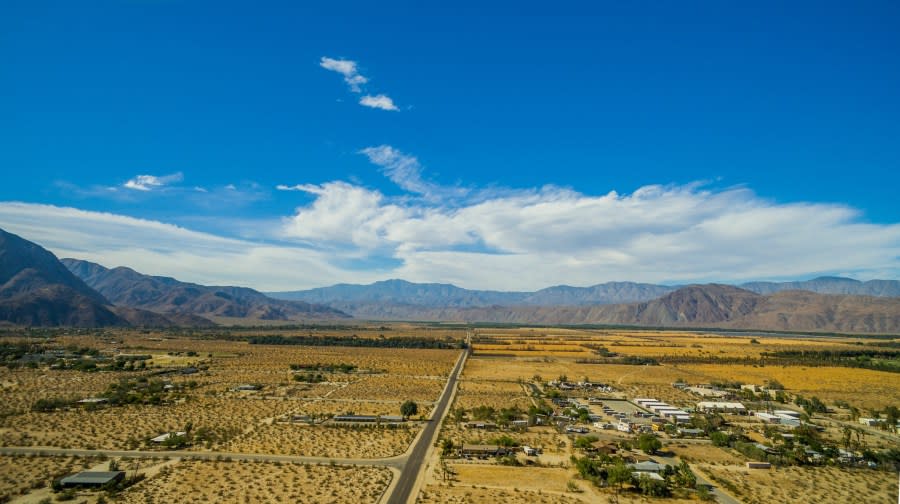Tracking a potential change to La Niña: National Weather Service warns hot temps may persist into winter

SAN DIEGO (FOX 5/KUSI) — Hot temperatures can’t be solely chalked up to the summer season. It’s hotter than normal by several degrees and in back-to-back heat waves.
This heat is much warmer than our 30-year averages, which is abnormal, and meteorologists say a transition to La Niña might be adding to the warm, dry weather even into fall and winter.
“I think it’s going to be a long summer, in terms of repeated heat waves of different types,” said Alex Tardy, Warning Coordination Meteorologist with the National Weather Service San Diego. “We saw temperatures that were not only above normal, they were approaching all-time record highs.”
San Diego mayor reacts to governor’s order on homeless encampments
Tardy and his team at NWS San Diego triple checked July’s triple-digit record numbers in Borrego Springs and Campo, including the hottest temperature ever recorded in Palm Spring — 124 degrees on July 5.
NOAA forecasters use ocean temperatures to track a potential swing from El Niño to La Niña this fall and it could be the reason for drier conditions.
“The atmosphere and the ocean is in a transition right now and we don’t know exactly what that means but we are seeing some of those trends, the above normal fire activity, really hot record breaking temperatures that have been going on across not just SoCal but the state and the whole west,” Tardy said,
According to the Climate Prediction Center, there’s a 70% chance of La Niña developing by October.
La Niña in Southern California usually leads to a dry, warmer than normal winter, increased drought and more variability in our weather pattern
“You can get big fires in droughts and you can get big fires after rainy seasons. That’s probably the bottom line because we are in a semi-arid climate. The bottom line is we have a threat almost year round even after we have two wet years in a row,” Tardy said.
The back-to-back wet winters have led to an explosion of vegetation and those weeds and trees now drying up from the heat.
“The health of the forests suffer when we have not just a summer, but a warmer than normal summer. When the fuel is at a state where it can no longer resist fire, it becomes very susceptible to every ignition,” Tardy added.
Cal Fire is reporting more than 270,000 acres have burned across the state since January. That’s nearly 12-times the amount burned by this time last year and double the five-year average.
Climate forecasters are noticing that long term predictions are tough because there is more variability than before. La Niña and El Niño aren’t responding as we once thought they would.
“We are seeing dry stretches, warmer years, not just the summer, shorter winters but within those winters we are seeing some intense storms,” Tardy said.
We will see what this potential La Niña transition brings, but for now there is confidence that more heat is on the way for the rest of summer.
Copyright 2024 Nexstar Media, Inc. All rights reserved. This material may not be published, broadcast, rewritten, or redistributed.
For the latest news, weather, sports, and streaming video, head to FOX 5 San Diego & KUSI News.

